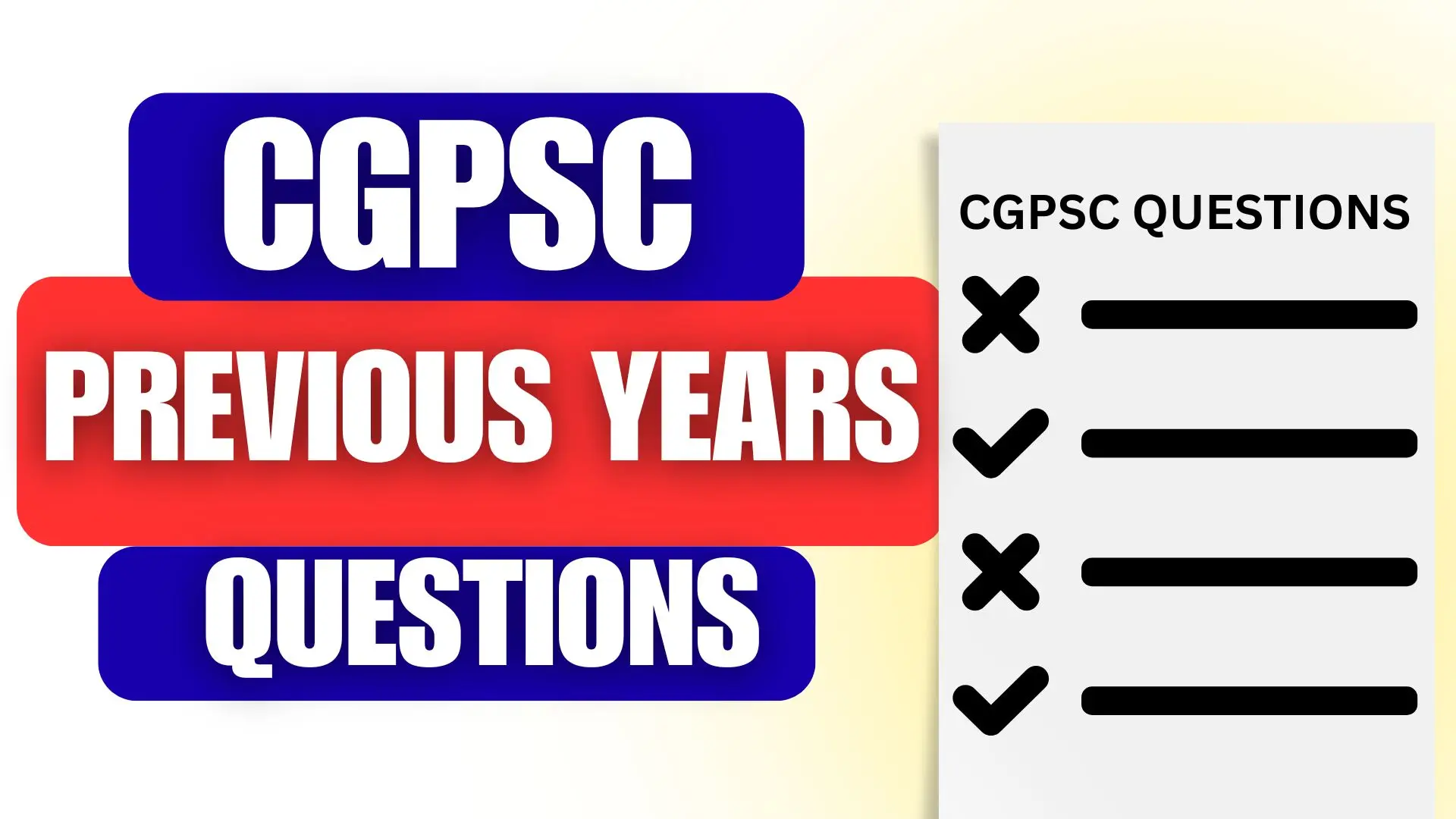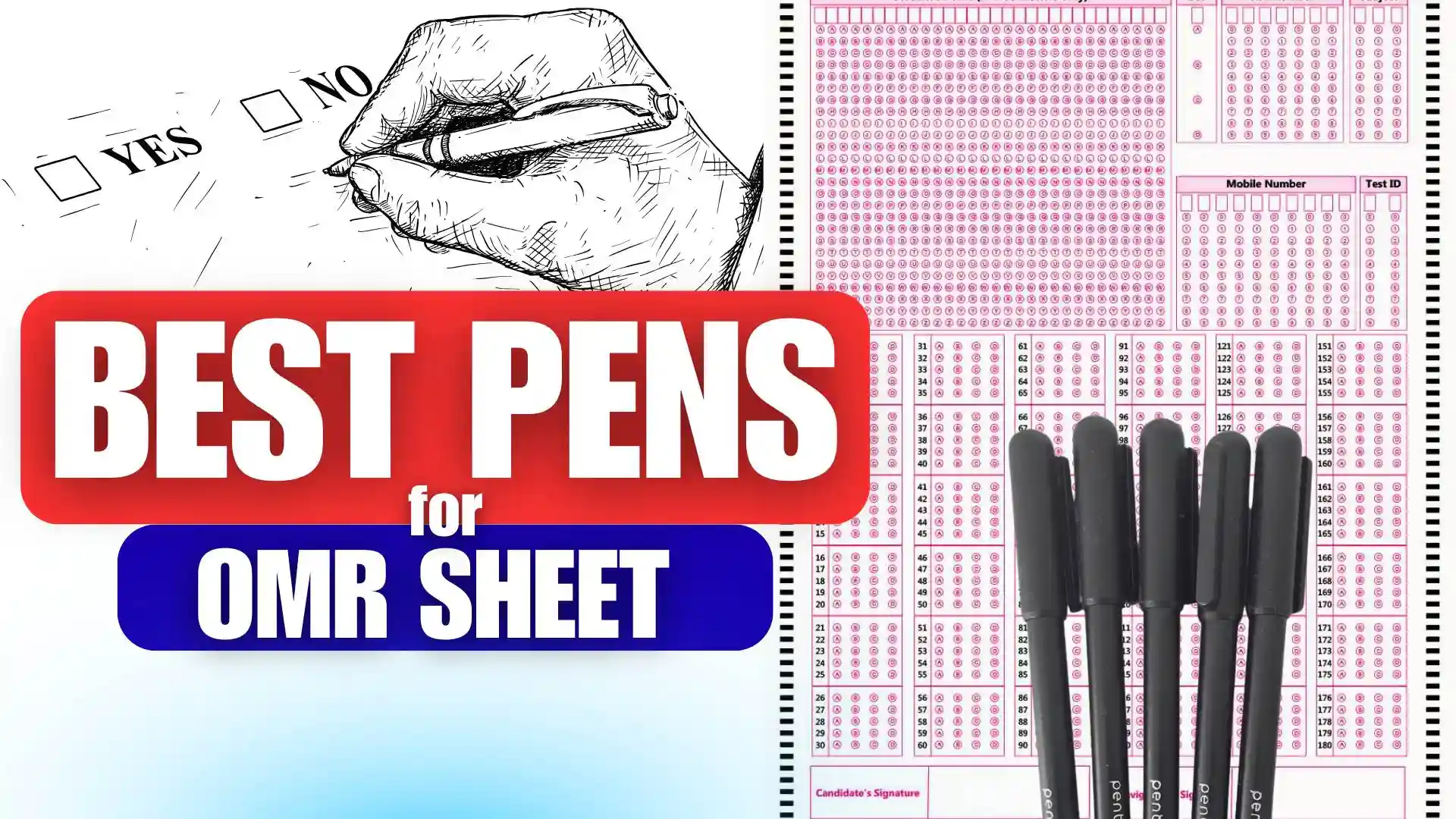Chapter 5: Force and Laws of Motion – Important MCQs
1. The SI unit of force is:
A. Newton
B. Pascal
C. Joule
D. Watt
✔️ Answer: A. Newton
2. A force is a:
A. Scalar quantity
B. Vector quantity
C. Constant quantity
D. Derived quantity
✔️ Answer: B. Vector quantity
3. A force can:
A. Only change direction
B. Only stop motion
C. Only change shape
D. Change speed, direction, or shape
✔️ Answer: D. Change speed, direction, or shape
4. Which of the following states Newton’s First Law of Motion?
A. F = ma
B. Every action has an equal and opposite reaction
C. A body continues in its state of rest or uniform motion unless acted upon by an external force
D. Acceleration is directly proportional to force
✔️ Answer: C. A body continues in its state of rest or uniform motion unless acted upon by an external force
5. The tendency of an object to resist any change in its state of motion is called:
A. Force
B. Acceleration
C. Inertia
D. Friction
✔️ Answer: C. Inertia
6. Which law is also called the law of inertia?
A. Newton’s First Law
B. Newton’s Second Law
C. Newton’s Third Law
D. Law of Conservation of Energy
✔️ Answer: A. Newton’s First Law
7. Newton’s Second Law of Motion gives the relation:
A. F = mv
B. F = ma
C. F = m/a
D. F = m²a
✔️ Answer: B. F = ma
8. A man pushes a wall, but it does not move. The force applied:
A. Does no work
B. Does positive work
C. Does negative work
D. Cannot be measured
✔️ Answer: A. Does no work
9. When a bullet is fired from a gun, the gun moves backward. This is an example of:
A. Newton’s First Law
B. Newton’s Second Law
C. Newton’s Third Law
D. Law of Gravitation
✔️ Answer: C. Newton’s Third Law
10. Action and reaction:
A. Act on same body
B. Act on different bodies
C. Are unequal
D. Have same direction
✔️ Answer: B. Act on different bodies



